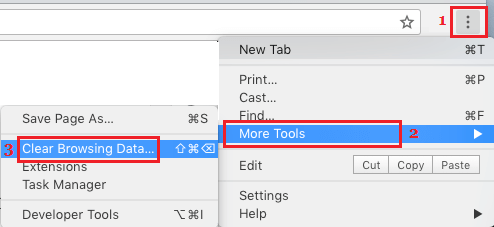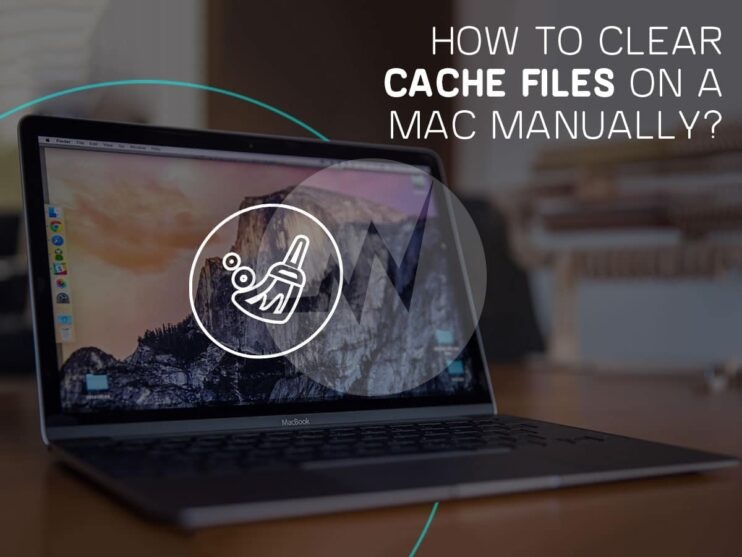
- #Clear cache in chrome for the mac how to#
- #Clear cache in chrome for the mac windows 10#
- #Clear cache in chrome for the mac password#
- #Clear cache in chrome for the mac mac#
(You can also hit the Ctrl + Shift + Del keys, or click the “Customize and control” icon, select “more tools,” then “Clear browsing data…”.)ĭeleting some kinds of browser cache can wipe out certain day-to-day conveniences that you enjoy, so I don’t want to recommend clearing too much here. There are other caches in Chrome that can affect how some websites are rendered.

#Clear cache in chrome for the mac mac#
Like the Mac DNS flush, the Chrome page doesn’t give you any indication that anything has happened, so I leave the page open in a tab for a while to let it do its thing. Open up Chrome and enter this in the address bar:Ĭhrome://net-internals/#dns That’s meant to speed up browsing, but it can also make for a large cache over time. That happens because Chrome pre-fetches DNS information for all the links on the pages you view. Google’s Chrome browser keeps a DNS cache that could include sites you’ve never visited(!).
#Clear cache in chrome for the mac how to#
How to Clear DNS Cache in the Chrome Browser

You can add an audio notice of completion by adding “say” to the command: When the command is executed, you won’t get any feedback that it’s finished.

But for most of the recent versions, use: The exact command to use depends on the O/S version you’re using.
#Clear cache in chrome for the mac password#
The command we’re going to use starts with “sudo,” so you’ll need to enter the administrator password for the account when you run the command. Open the Terminal program (go to “Applications” then “Utilities” or hit the Command + Space keys to launch Spotlight, then search for “terminal.app”). It’s a little more complicated to flush the DNS cache on a Mac. Note that we’re using the terms “clear” and “flush” interchangeably, and while these instructions are specifically for Windows 10, the process is the same for all recent versions of Windows. Your next query for a website will consult the DNS system for the most recent record since there are no records in your local cache. You’ll see the message, “Successfully flushed the DNS Resolver Cache.” Type “ipconfig /flushdns” and hit your Enter key. You do that by clicking the Windows Start icon and typing “cmd.” Click either “Open” or “Run as administrator.” You don’t need administrator privileges to clear the DNS cache.
#Clear cache in chrome for the mac windows 10#
To flush DNS on a Windows 10 computer, open a command prompt. How to Clear DNS Cache on a Windows Computer So, how do you force your computer to ask the DNS system where the site is rather than relying on local cache information? Clear your DNS cache. The same thing can happen when you make certain updates to your own site, like adding a security certificate.

Or not seeing the site at all, just an error. If so, there’s no need to ask the DNS system which IP address belongs to the domain you’re going to visit.īut what happens when your favorite site moves to a new server or IP address? You could be stuck viewing an old version of the website. If you perform a ping or traceroute a domain name, you get the IP address of the server the website lives on.īut did you know that the DNS lookup doesn’t take place every time you go to a website? First, your computer or device searches its own local cache to see if you’ve been to the site before. You probably know that the Internet’s DNS system matches domain names to server IP addresses. We’ll go through the steps required to flush your DNS cache in this tutorial. But it’s not a common topic either, so don’t worry if you’ve never done it. Has anyone ever said to you, “Hey, you really need to clear your DNS cache”? It’s not an insult.


 0 kommentar(er)
0 kommentar(er)
